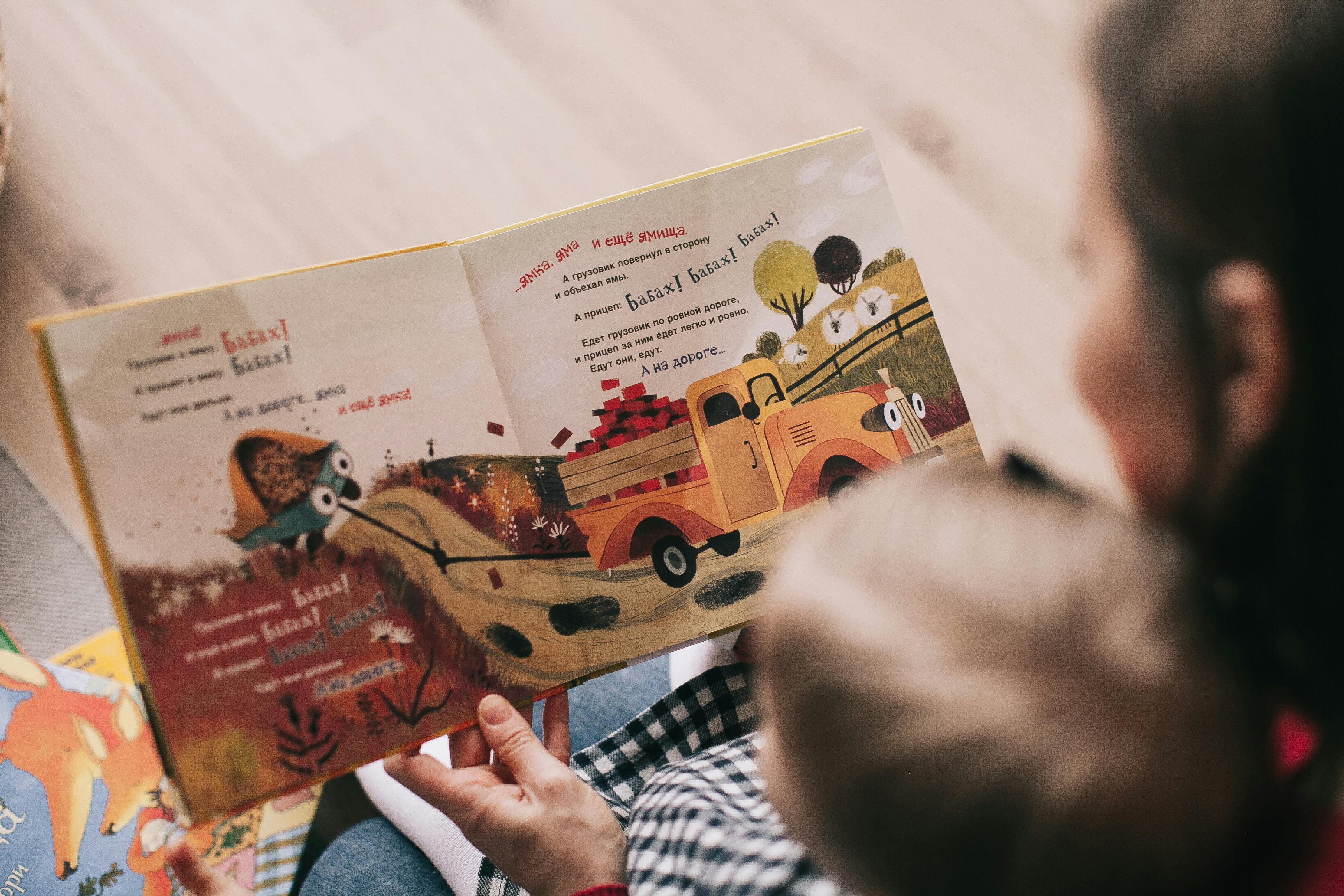Table of Contents
First and foremost, it is crucial to understand the importance of safety when babysitting. The well-being of the children you are caring for should always be your top priority. This means being vigilant and proactive in ensuring that the environment is safe and secure for the children to play and relax in. By adhering to some basic safety guidelines, you can help prevent accidents and keep the children in your care out of harm’s way.
One of the most important aspects of babysitting is getting to know the family you are working for. Before the parents leave, take the time to introduce yourself and ask about any special instructions or routines they may have for their children. Make sure to also gather important contact information, such as the parents’ phone numbers, the address of the home, and the location of the nearest hospital. Building a rapport with the family will not only make you feel more comfortable in their home but will also help you provide better care for their children.
Setting rules and boundaries is another key aspect of babysitting safety. Establishing clear guidelines with the children from the outset can help prevent conflicts and ensure that everyone is on the same page. Make sure to discuss important rules, such as bedtime, screen time limits, and safe play areas, with the children and set consequences for breaking them. By maintaining a firm but fair approach, you can create a safe and structured environment that allows the children to feel secure and cared for.

Emergency preparedness is an essential skill for any babysitter to have. While it is unlikely that an emergency will occur, it is important to be prepared for any situation that may arise. Make sure to familiarize yourself with the location of important items, such as first aid kits, fire extinguishers, and emergency contact numbers. It is also a good idea to review basic first aid procedures, such as CPR and the Heimlich maneuver, so that you can respond quickly and effectively in the event of an emergency.
Finally, when babysitting, it is important to prioritize safe play and activities for the children in your care. Make sure to carefully inspect any toys or equipment before allowing the children to play with them and always supervise their activities closely. Encourage the children to engage in age-appropriate and safe play, such as board games, crafts, and outdoor activities. By providing a fun and safe environment for the children to explore and play in, you can help create a positive and enjoyable babysitting experience for everyone involved.
In conclusion, babysitting can be a fun and rewarding experience, but it also requires a great deal of responsibility. By following these top 10 safety tips, every babysitter can ensure the well-being and security of the children in their care. Remember to prioritize safety, get to know the family, set rules and boundaries, be prepared for emergencies, and prioritize safe play and activities. By keeping these key safety tips in mind, you can provide the best possible care for the children you babysit and ensure a positive and enjoyable experience for everyone involved.










